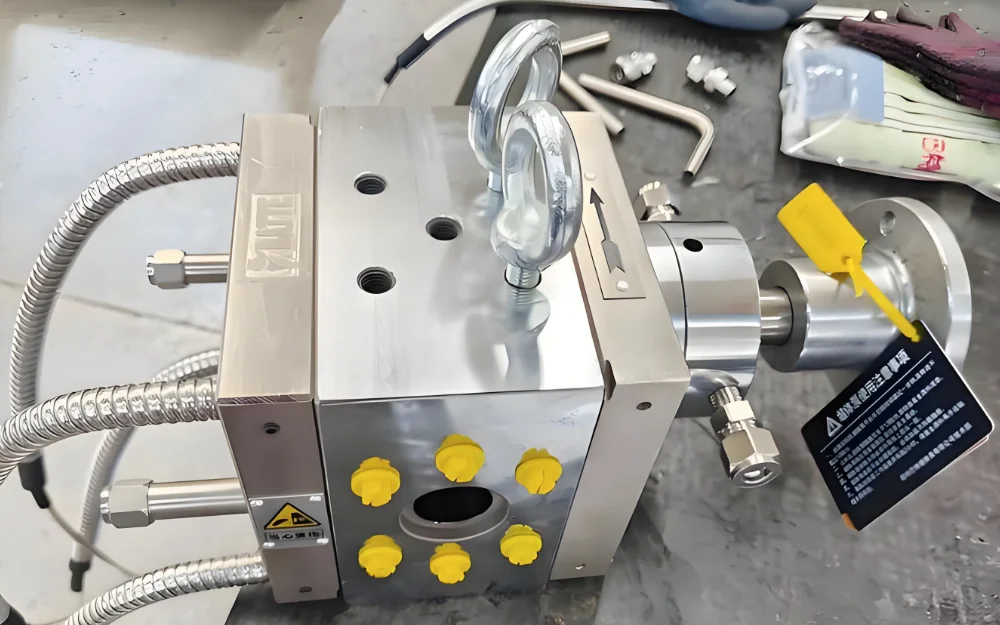1 Problems in Process and Design in Medical Device Machinery Manufacturing
1.1 Non-Standard Production Process Design
Insufficient process design standardization in the medical device machinery manufacturing sector creates several problems. These include a lack of pre-production research, insufficient employee expertise, inappropriate process layout, and unscientific process methods. These issues seriously restrict product quality, efficiency, and competitiveness. Therefore, manufacturers must thoroughly analyze and improve the complexity and diversity of process design. They need to address challenges in equipment and tool selection, secondary material processing, and other aspects. This ensures the quality and reliability of medical devices.
1.2 Improper Material Selection
In medical device design, insufficient understanding of material properties and inappropriate selection pose major risks. These risks affect product quality and safety. For example, materials may deform under heating. Also, magnetic properties (such as those of steel, aluminum alloy, and titanium) can affect device functionality. Therefore, design teams must thoroughly consider the characteristics of mechanical manufacturing materials. They should evaluate their potential impact on performance, safety, production efficiency, and cost during the planning phase. This ensures accurate material selection.

2 Process Innovation and Design Optimization Strategies in Medical Device Machinery Manufacturing
2.1 Application of Advanced Manufacturing Technology
In medical device manufacturing, introducing advanced manufacturing technologies achieves a perfect combination of high quality, excellent performance, and cost management. These technologies include CNC machining, precision machining, surface engineering, electronics/precision testing, and flexible and automated technologies. Manufacturers should integrate these advanced technologies flexibly and targetedly with traditional processes. They must base this integration on actual needs and product types. This comprehensively enhances the manufacturing efficiency and quality of medical devices.
2.2 Application of Green Manufacturing Technology
Green manufacturing technologies aim to reduce the environmental burden of production and improve resource efficiency. They have become a sustainable development trend in our country’s medical device manufacturing industry. However, applying green technologies in this sector still faces challenges. These include a lack of management oversight, insufficient employee awareness, and aging equipment with high replacement costs. Manufacturers need continuous optimization of systems and mechanisms. This will promote the industry’s green transformation.
2.3 Developing Intelligent Manufacturing Systems
The intelligent manufacturing system is a full-process information and automation platform. It uses computer and communication technologies. The system integrates production, management, and operational information. Its goal is to significantly improve production efficiency and accuracy. By leveraging the Industrial Internet and big data, the system builds an internal enterprise network. It efficiently collects, analyzes, and shares data. This optimizes resource allocation and supports intelligent decision-making. Ultimately, it comprehensively upgrades key manufacturing resources such as equipment, materials, and personnel.

2.4 Material Design and Process Innovation
Material design is crucial in constructing medical devices. It categorizes materials primarily into two main groups: metallic and non-metallic materials. Technological advancements and increasingly stringent national quality standards have increased the popularity of non-metallic materials. Examples include polymer synthetics like PC and PES. These materials offer superior heat resistance and mechanical properties. The application prospects for both metallic and non-metallic materials are expanding.
3 Conclusion
Optimizing medical device manufacturing processes and reducing costs are key to improving industry competitiveness and service quality. This article proposes a series of effective strategies. These strategies help companies reduce costs, improve quality, and accelerate product launches. They also provide guidance for the industry’s sustainable development.
